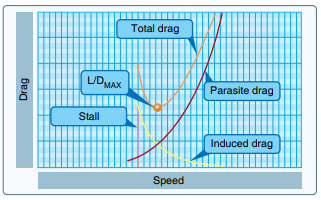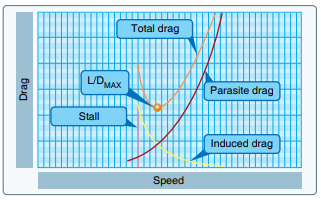Performance, Limitations, & factors that affect them
1/20
There's no tags or description
Looks like no tags are added yet.
Name | Mastery | Learn | Test | Matching | Spaced |
|---|
No study sessions yet.
21 Terms
Define Performance
The action or process of carrying out or accomplishing an action, task, or function
What factors (limitations) are most affected by performance?
T/O & LDG distance
Climb rate/ Ceiling
Payload
Range
Speed
Maneuverability
Stability
Fuel burn
What are some things about an Airport Environments Runways & Layout that would affect performance?
Whats the runway surface made of?
Any surface that is not hard and smooth increases ground roll
Braking Effectiveness
Soft surfaces slow an aircraft much faster than smooth and slick surfaces
Wet runways reduce braking effectiveness and can result in hydroplaning
Runway Gradient: The change in height over the length of the runway, expressed as a percentage
Runways available based on wind conditions
What are some things about an Airport Environments Surrounding Terrain & Obstacles that would affect performance?
Various Obstacles including towers, buildings, construction equipment, Trees?
Can the aircraft clear the obstacles based on the specific conditions?
Is a max angle versus max rate of climb required
Are there specific noise abatement or climb rate procedures requiring specific performance
Differences between calculated & actual performance?
Even with having all the numbers, your pre-flight calculations will never be perfect
Stick to the POH only for any aircraft specific calculations needed
We plan for set configurations for a flight, deviating from that could mean less performance
What factors does weight & balance directly affect with the aircraft?
Weight affects Performance
Balance affects Stability
What are some affects increasing weight has on the aircraft T/O & LDG?
Higher T/O & LDG speed
Longer T/O run & LDG roll
Reduced rate and angle of climb
What are some affects increasing weight has on the aircraft cruise performance?
Lower maximum altitude
Slower cruise speed
Reduced range & Increased fuel consumption
What are some effects of overloading the weight of the aircraft?
Degraded climb performance
May not even be able to takeoff
Overheating during climbs
Added wear on engine parts
Over stressing the aircraft
How does CG affect an aircraft's controllability?
Stability & controllability have an inverse relationship:
As stability increases, the control forces required to overcome that stability become greater, meaning controllability decreases.
What are the effects on Stability & Controlability with a to far forward CG?
Problems controlling and raising the nose, especially at low airspeeds (takeoff and landing)
“Heavier” and consequently slower than the same airplane with a further aft CG
Requires a higher AOA to maintain altitude, resulting in more drag which produces a higher stalling speed
More controllable in a stall
The longer arm from the CG makes the elevator more effective
The nose heavy loading results in a tendency for the nose to drop, or assist in breaking the stall

What are the effects on Stability & Controlability with a to far Aft CG?
It produces very light control forces which makes it very easy to over-stress the airplane
“Lighter” and consequently faster than the same airplane with a more forward CG
Less back pressure & lower AOA needed to maintain altitude
Lower AOA = Less drag, & produces a Lower stall speed
Less controllable in a stall/spin
Due to the shorter arm of the CG to the elevator
Greater deflection is required to produce the same result as with a farther forward CG
Can lead to a Flat spin

What are the effects on Stability, Controlability, & CG with a Laterally Loaded Aircraft?
Unbalanced loading can have adverse effects
Trim, or maintain constant control pressure
Increases drag, decreases efficiency
When is Parasite drag most prevalent?
At higher airspeeds
More air moving over uneven surface of aircraft

When is Induced drag most prevalent?
At low airspeeds
Lower AOA & smaller Vortices

Define Thrust
Force or pressure exterted on an object
Define Power
A measurement of the rate of performing work &/or transferring NRG
Horsepower or kilowatts
Define Angle of Climb (AOC)
Comparison of altitude gained relative to distance traveled
Vx is used for this performance
Define Rate of Climb (ROC)
Comparison of Altitude gained relative to the time needed to reach that altitude
Vy is used for this performance
Range VS Endurance?
Range
Amount of distance you can travel
Endurance
Amount of time you can stay in the air
What are the dangers of exceeding aircraft limitations?
Needing more runway than is available for T/O or LDG
Not enough performance to clear any obstacles
Not having enough fuel to reach your destination
Damage caused by exceeding strucural or aerodynamic limits
Loss of control for T/O & LDG by exceeding Max crosswind component